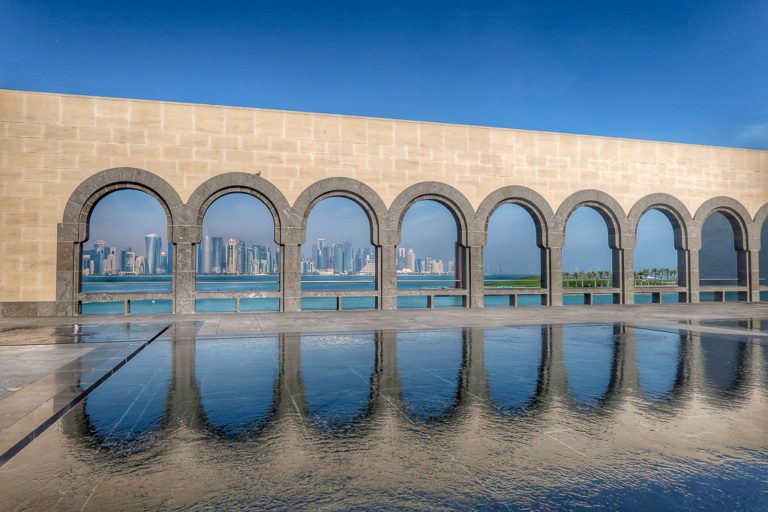3 Ways Kanun is So Special to Middle Eastern Culture
If you’ve ever seen someone play Kanun, you’d be surprised to see such a unique instrument. You can tell how challenging playing the Kanun is just by looking at it.
The name Kanun is derived from the Greek word kanōn, which means the rule of law. Traces of similar instruments have been recorded before the time of Christ as well. Kanun was first introduced in the Iberian Peninsula during the 11th century and was inspired by the Egyptian harp, also known as the arched harp.

The Kanun has multiple names, such as kanon, canon, and caña, and it’s pretty significant to the Middle Eastern culture. You still see people playing Kanun in the streets of Middle Eastern countries.
Kanun signified the stretch of Muslims during that period since the instrument extended as far as Muslims moved. Today, you’ll find instruments similar to the Kanun near South East Asia and China as well.
This article explores the unique features of the Qanun, playing techniques, and how it became so special among Middle Eastern instruments and their culture.
3 Ways Kanun is So Special to Middle Eastern Culture
The Kanun And Its Features
The Kanun gradually transformed into different variants depending on the regions. For instance, in Spain, an instrument is known as ‘Psaltery’ took inspiration from the Kanun. harpsichord and the piano were instruments that later came from the Psaltery.
Kanun is a right-angle instrument with a flat shape. Its size can vary, but more commonly, the length ranges from 70 to 100 cm, and the width is 50 to 60 cm. A Kanun usually has 81 strings, and its body is typically made from wood, whereas the soundboard is a mix of wood and fish skin.
As simple as the Kanun may look at first, it’s quite complicated and complex. Professionals often spend years getting used to the instrument. It’s not an instrument that anyone can play. The skill and hard work required to play the Kanun makes it even more fascinating.

How Should You Play The Kanun?
To play the Kanun, you begin by placing it on your knees. Your comfort matters as it adds to how well you can play. If you don’t feel comfortable this way, there are unique tables created for Kanuns. The placement is so that the most extended strings have to be near you, while the tuning pegs are located on the left.
Another essential tool for playing the Kanun is thimble plectrums, used to pluck Kanun strings. These picks assist in playing the Kanun specifically.
While the right hand is used to create a melody, the left controls its pitch. Once you get used to balancing your fingers, you’ll create soothing tunes in no time.
How Is The Kanun Significant In Middle Eastern Culture?
The Kanun is a unique and significant instrument in the Middle Eastern Culture. Multiple instruments took inspiration from the Kanun and became common in parts of Europe and Asia. It was commonly used in traditional and folk music and required great skill from the people who played the Kanun.
Kanun players are treated exceptionally and are valuable for the skill they have. Because the Kanun is a complex instrument, new musicians always look for masters to teach them the Kanun.
This instrument portrays its Arab roots, even to those who might not be aware because of its melodic and attractive tune—many hotels in the Middle East consist of skilled Kanun players that soothe and attract all visitors with their beautiful melodies.
The group of instruments that combine to form middle eastern music are known as ‘Takht,’ and there are four instruments. These are:
- Oud
- Nay
- Qanun
- Violin
- Riq (occasionally, and can sometimes be substituted by a tabla)
A kanun allows musicians to set their pitches by changing the levers. Changing pitches allows a vocalist to match their pitch with the instruments and sing better. It’s the only instrument that gave the basis of all other instruments’ pitches as well.
Endnote
Kanun is a unique instrument, special to the Middle Eastern culture. It plays a significant role in Arabian history and Middle Eastern culture.
The Kanun went as far as Spain, a few other European countries, and even to some parts of Asia, creating a unique melody wherever it went. It’s also special because this instrument requires excellent talent and skill for one to play it.







